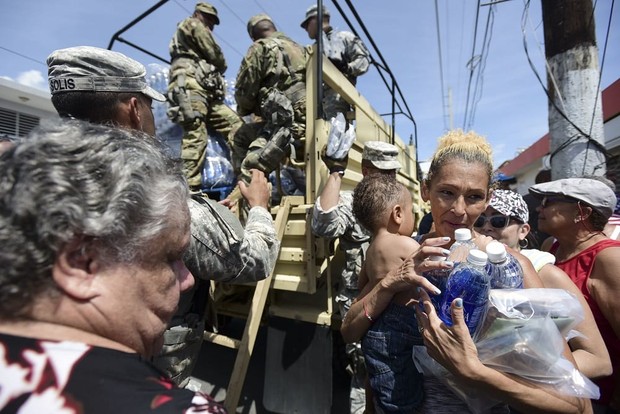
With interpretations of the tragedy few are looking at the local government critically.
With a tempest bearing down on the Carolinas the news of the arrival has sparked anew the controversy of the relief effort on the island of Puerto Rico. While blame is always hurled about in these cyclonic times what stands out is how much certainty exists in the accusations when data is hard to come by.
The President has come forward to declare that the death toll estimates have been severely exaggerated in order to harm his image. It is the kind of messaging you have to question a leader about sending out; what possible benefit can you glean by politicizing, or claiming others are politicizing death toll estimates? But President Trump’s willingness to engage does raise a serious question: How is the death toll still in doubt?
There are a pair of underlying realities, and both involve the dysfunctional Puerto Rican government. There has been a blatant mixture of corruption and incompetent mismanagement taking place on the island territory for generations.
While most are aware of a mass exodus of citizens to the US mainland following Hurricane Maria’s destruction, what fewer realize is that this exodus had been taking place for years already, as a result of the economic conditions long in place. Before the storm’s arrival a landmark tilt occurred where more Puerto Rican residents began living in the mainland than on the island.
The first reality is that the island government has not been able to ascertain the official death estimate. It has nearly been been a year since the storm ravaged Puerto Rico and the total of fatalities remains a moving target. Immediately after the storm the estimate was just over a dozen had perished. Local journalists worked on contacting hospitals and came up with a figure of around 60 deaths. A month after landfall that was scaled higher by many news outlets, into the hundreds.
Then a Harvard study came out that had the mortality rate at possibly over 4,600. This turned out to be a deeply flawed analysis that measured a static amount of households and then extrapolated those figure across the gross population. Said the study, “We provide a 95 percent confidence interval of 793 to 8,498, and 4,645 falls in the middle of this range.”
Today most of the media has settled on 3,000 as the official number, arriving from another study. This one was conducted by George Washington University, which studied death certificate data and concluded 2,975 deaths resulted from the storm. It speaks to much of the problem that the study was commissioned by Governor of Puerto Rico, Ricardo Rosselló.
The authorities have been unable to measure the figure, due to the inability to compile records nor conclude with forensic doctors what their findings were in the wake of the hurricane. This means outside sources have attempted to learn the real results. Other outlets, such as the New York Times, and demographers from Pennsylvania State University have come up with totals closer to the 1,000 mark. All of this points to the problem with the island government being incapable to glean these figures itself. And that governmental dysfunction has added another dimension to the challenge of learning the accurate facts.
Much of the GWU study concerns interpretational study of effects after the storm. In measuring the death rate they had to decipher what deaths occurred well after the storm but may have been provoked by conditions in the aftermath; limited access to supplies, medication, or other calamities attributed to Maria were tabulated. (A close friend from the island, with family still living there, informed me of an incident where a resident dying in a house fire weeks after the storm being counted as a hurricane victim, because they lacked electricity and the fire was caused by a kerosene stove.)
Now while this methodology is debatable there is also a question as to how much cause can be leveled at the federal government, and how much on local leaders. The island’s electrical infrastructure has long been criticized as being archaic and unable to withstand a serious storm. 80% of the island suffered a lengthy loss of electricity. Also rescue efforts and relief aid has long been stymied by the inability of officials to get roads cleared and exact other remedies in order to get needed supplies to residents in a timely fashion.

While many have charged the Trump administration and FEMA with inattentiveness to the American citizens on Puerto Rico the facts are that aid has in fact been delivered, and in timely fashion. Florida politicians Marco Rubio, and Governor Rick Scott had been particularly active on location prior to the storm, and immediately after. They helped coordinate getting supplies delivered ahead of landfall, despite FEMA already being stretched thin by two prior hurricanes — Harvey in Texas, and Irma in Florida — as well as wildfire relief in California.
Yet as ports on the island swelled with relief supplies much of that aid sat idle. The local government was ill-prepared to get deliveries to the needed areas. This week stories emerged of millions of water bottles found sitting untouched on an airport runway. FEMA declared this was water deemed to be in excess and no longer in need, but it points to either the prior inability to distribute these supplies, or an excess amount of relief delivered to the island.
These, and other issues, show that much of the trials faced on the island have been a result of not federal inertia but localized incompetence from years of government mismanagement. The commonwealth is mired in a debt crisis, on the verge of declaring bankruptcy with over $70 billion in debts. This led to much of the lack of ongoing readiness, and the ongoing suffering of residents.
Diminished emergency preparedness and a severely outmoded electrical grid meant citizens faced long term periods of awaiting assistance and relief. How much of the responsibility for that suffering should be placed on Puerto Rican authorities operating a misfiring system? How many of those deaths were the result of not direct storm effects but lengthy stretches of missing needed supplies?
Like the official death toll, it will be something never accurately measured.
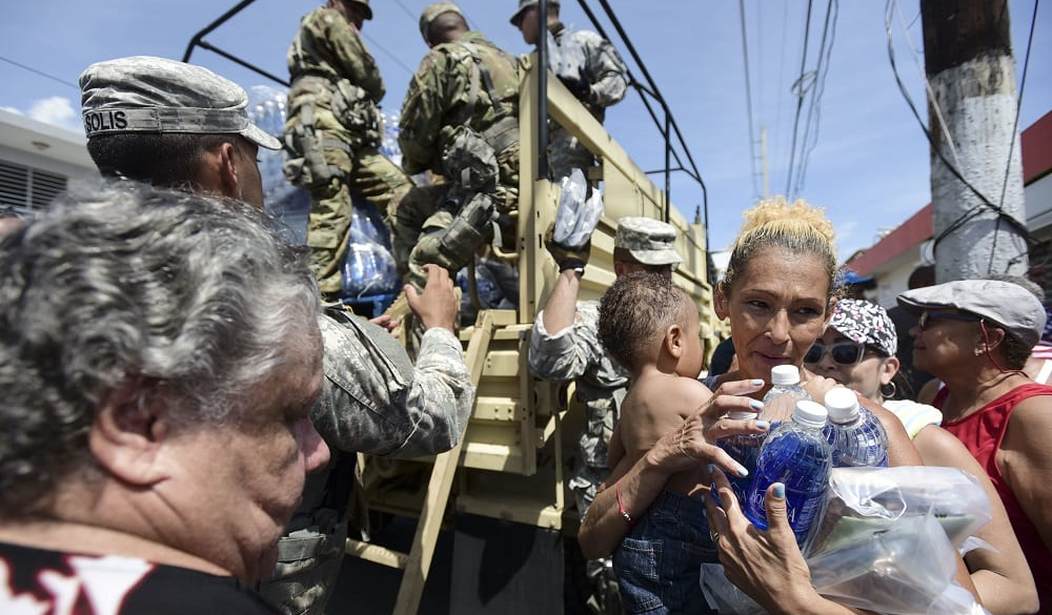




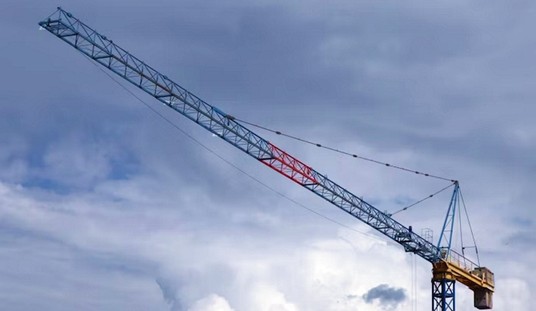



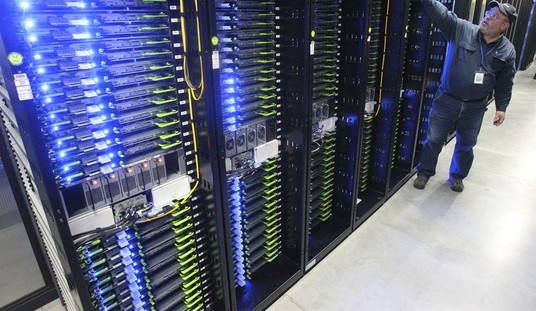

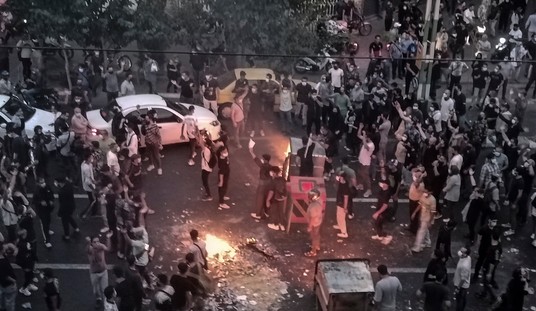

Join the conversation as a VIP Member